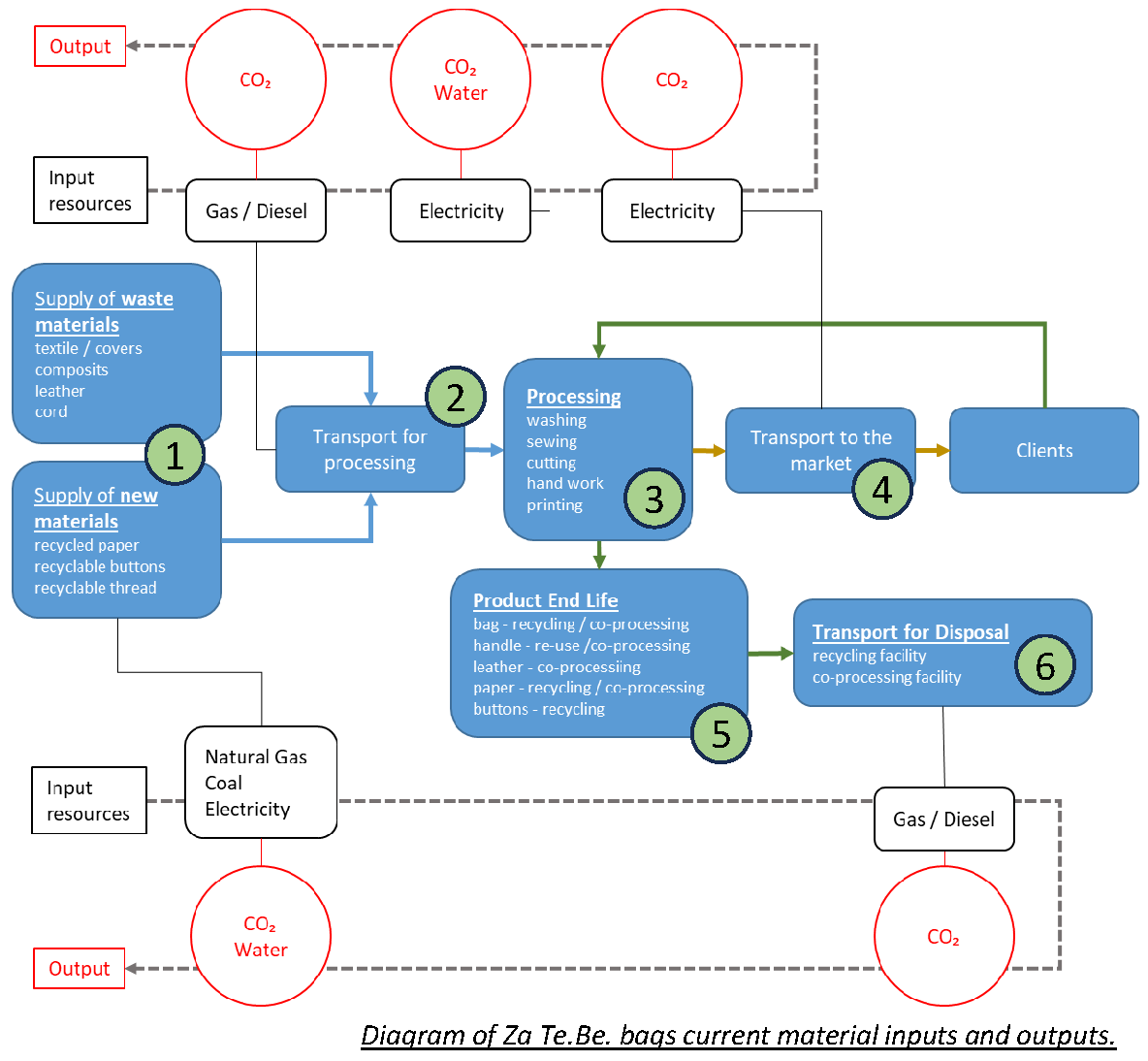About the Cradle – to – Cradle
Cradle-to-cradle lifecycle model aims not to let old products go to waste. Instead of that the wastes or materials are repurposed or recycled and kept “in the economic loop” and saves energy during production. Cradle-to-cradle is also applied in the scientific method Life Cycle Assessment (LCA). There are 3 main product lifecycle models:
- Cradle-to-gate assesses a product’s footprint until it leaves the factory gates before it is transported to the consumer.
- Gradle-to-grave includes all life stages and shows the full footprint of a product from start to end.
- Cradle-to-cradle is a variation of cradle-to-grave, but exchanges the waste stage with a recycling of upcycling process that makes it reusable for another product – essentially “closing the loop”.
Upcycling is the same process of reusing old materials. But instead of ‘just’ reusing a material – it’s used to create a product component that’s more valuable or of a higher quality than its original form. For such products the design plays a decisive role.
By using reused and recycled materials can reduce the impact of your product. Recycled materials can have less raw material impact contribution – they didn’t have to be produced from virgin materials after all. However, there are of course accompanying recycling processes that do have an impact. Upcycled (Reused) materials have zero impact contribution, as they are reused in their current state – and not broken down like in recycling. Big benefits for your LCA results! However, also in upcycling, you do have an environmental impact associated with the upcycling processes, by using the materials in creating the designed new product.
Whether recycling, upcycling, repair or refurbishing is implemented in a products – measuring the product’s footprint is essential. Both to know where you’re coming from and to know if your improvements actually make a difference.
